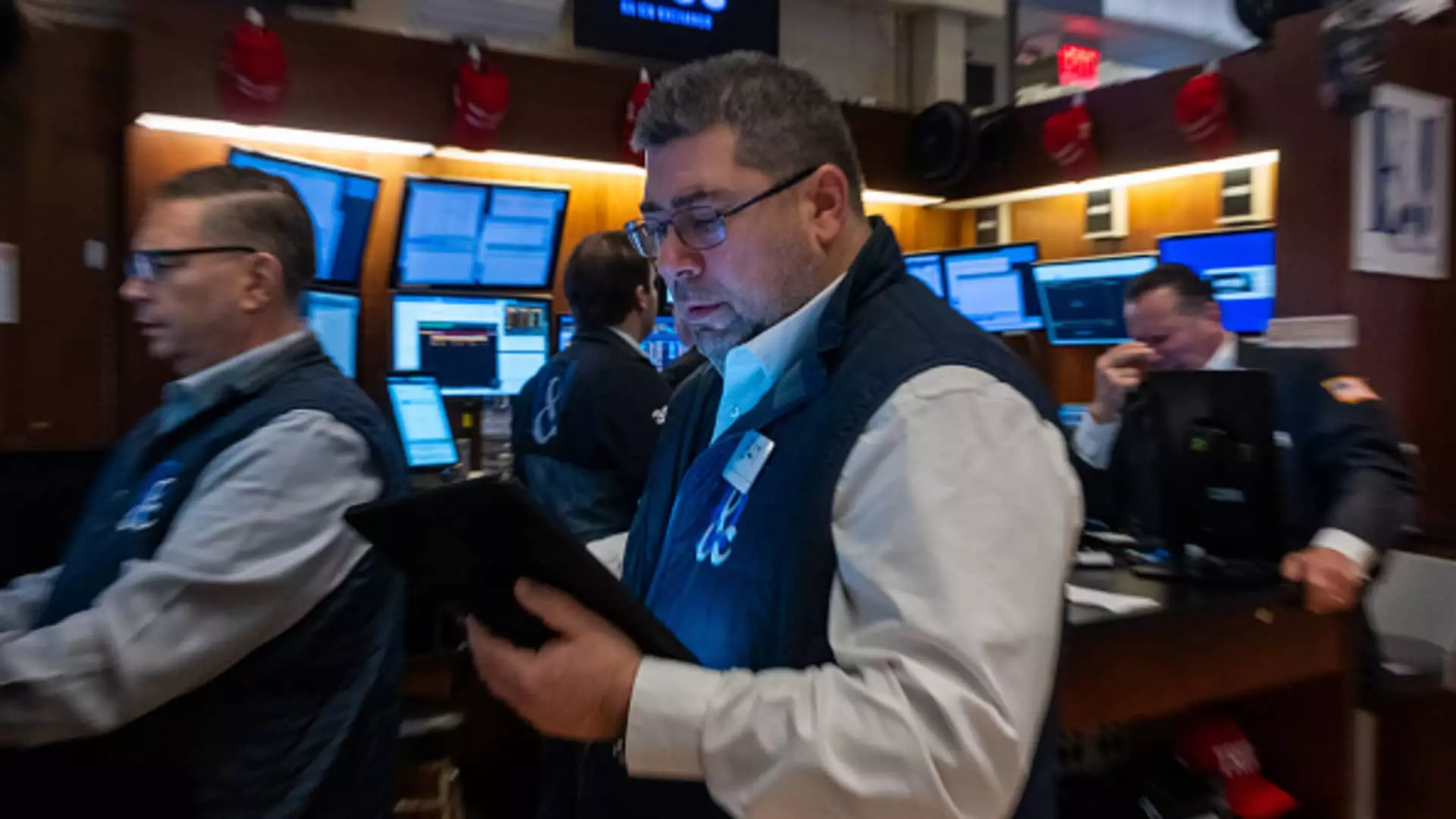Recent observations in trading volumes indicate a notable shift in the behavior of investors within the stock market. Many are engaging in disproportionate bets, driven by both optimism and caution. While a significant portion appears to favor long positions, an equally intriguing trend involves investors placing short bets, particularly through leveraged and inverse Exchange-Traded Funds (ETFs). These specialized funds have gained traction as tools for investors seeking both aggressive market exposure and hedging strategies.
At their core, leveraged ETFs aim to amplify the daily returns of a specific index or asset through the use of derivatives. For instance, if the S&P 500 indexes see a gain of 1%, a 2x leveraged ETF would ideally yield a 2% profit, while a 3x variant would target a 3% return. Conversely, inverse ETFs offer a mechanism for profit in declining markets, essentially delivering the opposite performance of the associated index. This mirrors the behavior of a 2x inverse ETF that would decrease by 2% during a day of 1% gains in the underlying index.
The momentum behind these investment vehicles is evident, as they are not only witnessing a surge in assets but also an increase in their overall trading volume. This trend speaks volumes about current market sentiment, characterized by heightened speculative behavior. As Douglas Yones, the CEO of Direxion, insightfully noted, the volatile nature of the market and the constant influx of influential headlines often drive investors to explore avenues like leveraged ETFs for short-term speculation.
The inception of leveraged and inverse ETFs in the United States dates back to 2006, allowing participants to access various indices such as the S&P 500 and Nasdaq 100. Over the years, these financial products have evolved, with 2022 marking the entry of single-stock leveraged ETFs into the scene. Fast forward to today, and the largest players, such as ProShares UltraPro QQQ, are amassing substantial assets, reflecting an undeniable interest from investors. The rapid ascent of these funds mirrors the broader bull market trends of recent years, with heightened stock valuations facilitating increased total asset sizes.
However, the landscape isn’t only colored by mere growth in assets. From a statistic presented by Strategas, in 2016, leveraged and inverse ETFs accounted for around 2% of the total ETF universe with assets around $2 trillion. Today, the ETF market has burgeoned to approximately $11 trillion, with leveraged and inverse ETFs capturing approximately 8%—a significant increase that illustrates their evolving role within the market.
Diving deeper into the demographics of these investors reveals a predominantly retail audience, estimated by Yones to comprise around 75% of leveraged ETF ownership, with institutional investors making up the remaining 25%. Additionally, there’s insight into the participation of international investors, with approximately 12%-15% of retail traders originating from outside the United States. This aligns with reports indicating growing interest in round-the-clock trading among retail investors across regions such as South Korea, Japan, and Europe.
These patterns not only unveil the popularity of leveraged and inverse ETFs but also amplify discussions about trading strategies that predominantly rely on short-term market movements. In fact, an analysis of daily trading volumes shows that these ETFs are increasingly ranking among the most heavily traded funds daily. Remarkably, the top five ETFs by average daily dollar volume now includes a leveraged ETF—demonstrating both their significance in the current trading ecosystem and a shift in trading strategies.
Despite their appeal, leveraged ETFs carry inherent complexities that can perplex investors. A critical feature of these products is their need to reset daily, which can lead to unexpected results over longer holding periods. For example, consider two consecutive days where an investor experiences gains and losses in an underlying asset. While one might anticipate achieving a proportional return based on the daily leveraged ratio, compounding effects may ultimately reduce expected gains.
To illustrate, if an ETF is structured to provide a 2x exposure to the market and experiences fluctuations upward and downward, the investor may find themselves with returns that reflect much less than a 2x gain over the same period, as cumulative losses can outstrip initial profits. This nuanced understanding is crucial for investors considering these products, especially those with longer investment horizons.
As leveraged and inverse ETFs rise in popularity, investors need to carefully consider the associated risks. While these financial instruments can provide enticing short-term gains, their complexities and suitability for long-term investing should not be overlooked. As Todd Sohn aptly expresses the need for caution, keeping a close watch on market dynamics is essential for any investor navigating these turbulent waters. In a landscape where the allure of high returns beckons, awareness and understanding remain key to harnessing the true potential of leveraged financial products while mitigating substantial risks.

